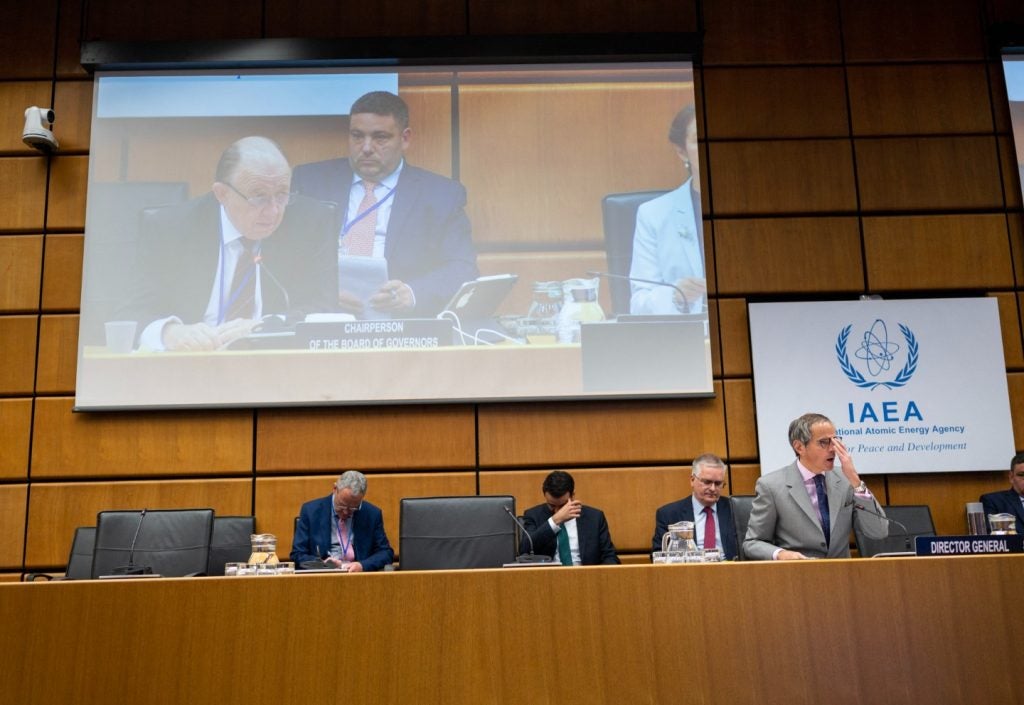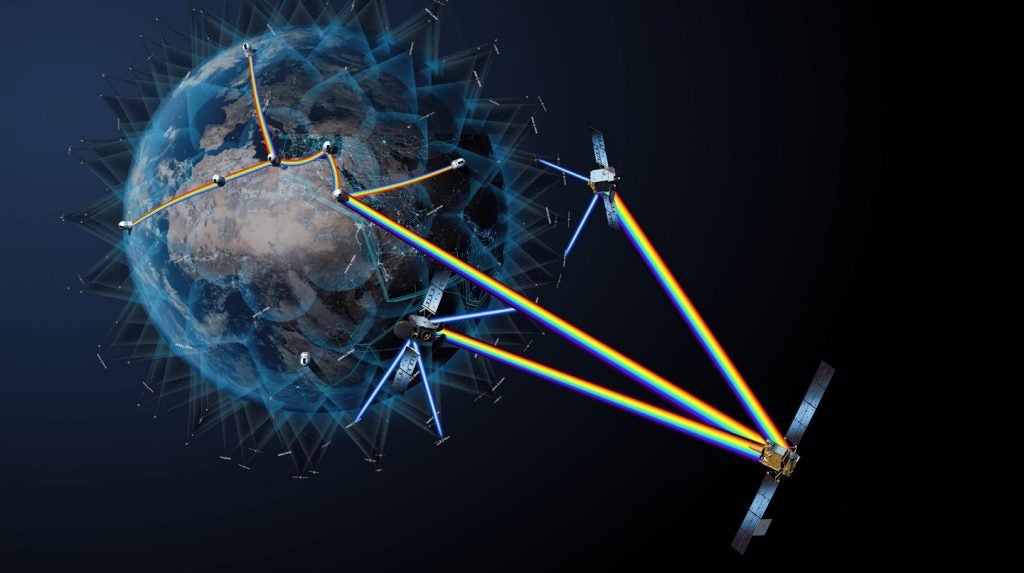
The US Air Force (USAF) is set to begin operational testing of the upgraded nuclear satellite communication terminals that connect US leaders to Minuteman combat crews in the event of a nuclear attack this month.
The effort will be led by the Minuteman Minimum Essential Emergency Communications Network Program Upgrade (MMPU) team. It will involve an update of intercontinental ballistic missile (ICBM) communication systems located in the ICBM launch control centres (LCC) across the US.
It is claimed that the MMPU will be the first Air Force advanced extremely high frequency (AEHF) terminal, fielded in support of the new AEHF satellite architecture.
The existing nuclear terminals receive emergency action messages using extremely high frequency signals from a Milstar satellite, and serve as the primary SATCOM system for ICBM LCCs.
However, development of the AEHF satellite constellation for replacement of Milstar requires the USAF to upgrade its hardware to support AEHF operations.
The month-long operational testing is expected to determine how well the new equipment operates in the field while running on active networks.
How well do you really know your competitors?
Access the most comprehensive Company Profiles on the market, powered by GlobalData. Save hours of research. Gain competitive edge.

Thank you!
Your download email will arrive shortly
Not ready to buy yet? Download a free sample
We are confident about the unique quality of our Company Profiles. However, we want you to make the most beneficial decision for your business, so we offer a free sample that you can download by submitting the below form
By GlobalDataMMPU programme manager Brett Fagan said: "The end result is an upgrade that will bring numerous benefits, including an expansion in capability, enhanced operator control and a state-of-the-art security architecture.
"For example, backwards compatibility is crucial. After we modify the existing EHF terminals, we will be able to communicate with both AEHF satellite and Milstar EHF constellations."
Some of the capability enhancements include increased data rate transfers, and advanced nuclear security architecture, compared to the legacy Milstar system.
In addition, the MMPU is anticipated to enable LCC operators to switch satellites through the terminal, eliminating the requirement for maintenance crew dispatch to change the terminal communication plans.
Fagan said: "Many LCCs are not easy to get to, so the ability to avoid the dispatch of maintenance teams for routine tasks ensures a more seamless mission capability."
Space, Aerial and Nuclear Networks Division senior materiel leader colonel Todd Krueger said: "MMPU provides our national leadership with an advanced, secure and agile C3 capability for our ICBM forces, and will greatly enhance crew communications.
"A successful operational test is the last major step before fielding this critical system."
The upgrade, which is expected to reach initial operational capability in early 2016, would eventually modify all the terminals within the LCCs managed by Malmstrom Air Force Base (AFB), Montana, Warren AFB, Wyoming, and Minot AFB, North Dakota, US.
Image: AUSAF team is updating the nuclear control terminals for ICBM launch controls centres across the US. Photo: courtesy of Illustration.






